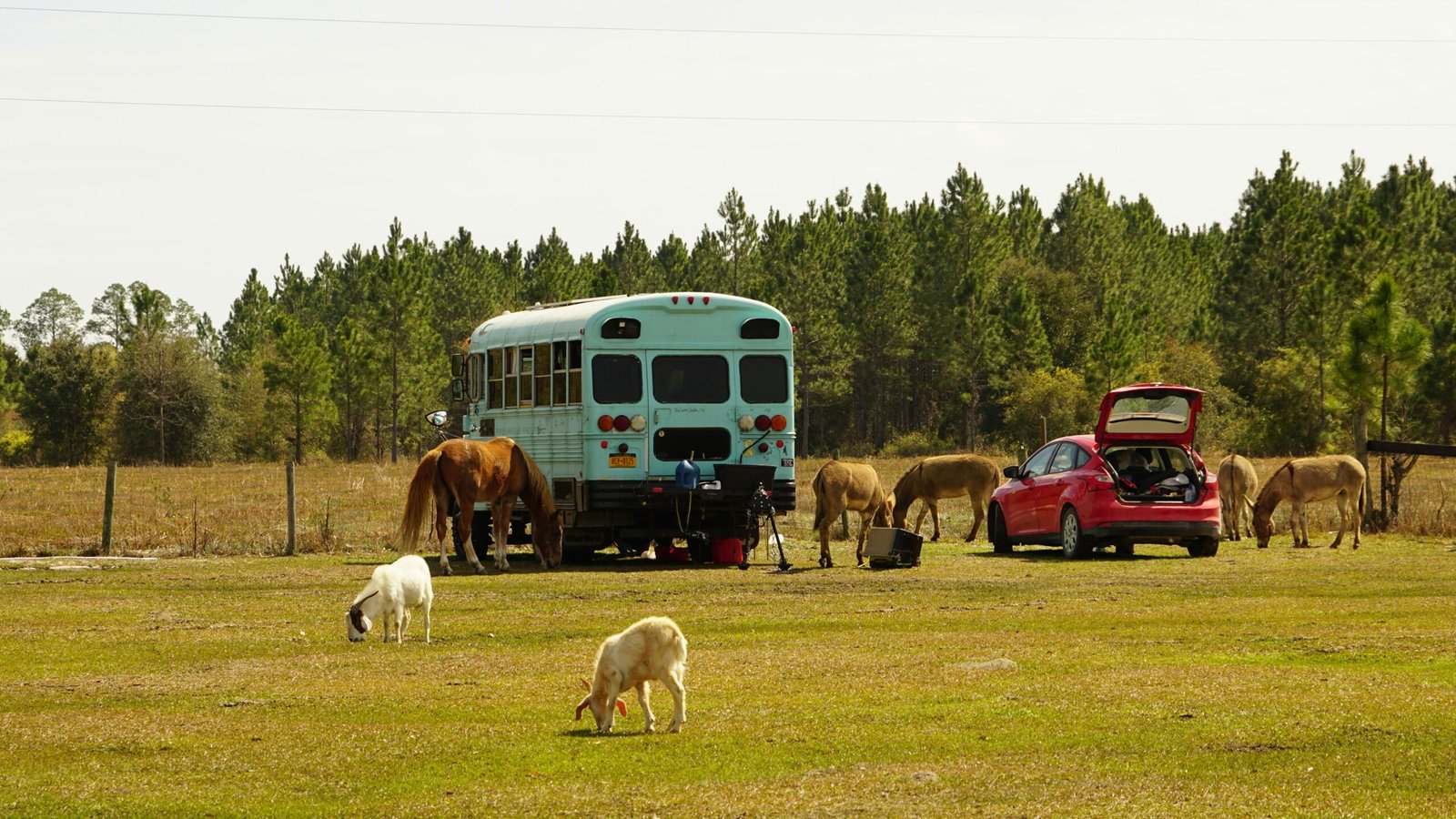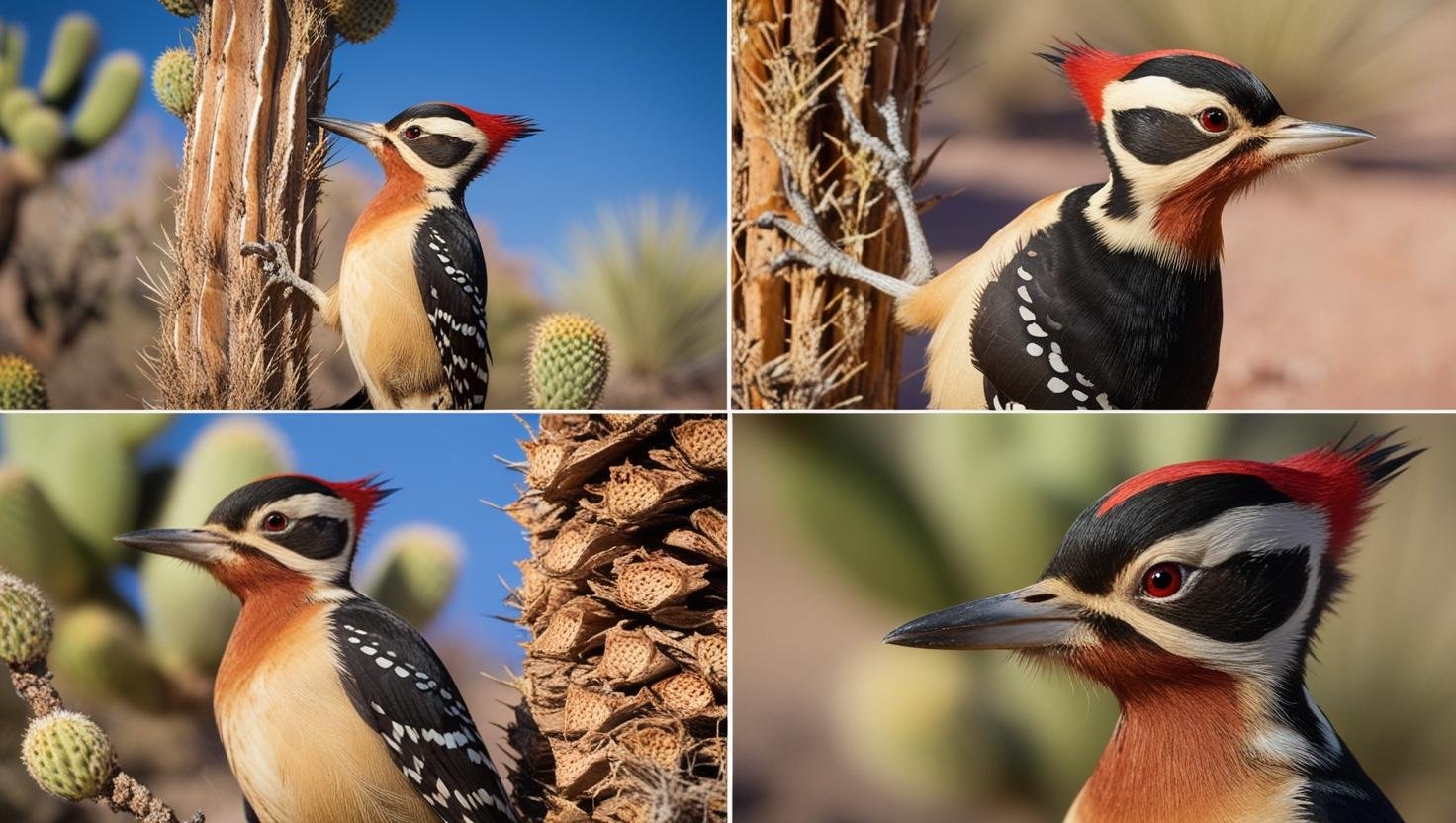March 5, 2025 – By Alex Magalhaes
Introduction to the Northern Cardinal
The Northern Cardinal, known scientifically as Cardinalis cardinalis, is a distinguished avian species that captivates both casual observers and avid birdwatchers in Arizona. Renowned for its striking appearance, the male Northern Cardinal exhibits vibrant red plumage contrasted by a black mask surrounding its face, making it a prominent figure in the region’s avian landscape. Females, while less vivid, boast a subtle beauty with warm brown feathers tinged with red, creating a lovely harmony within their habitat.
This bird primarily inhabits areas with dense shrubs, woodlands, and gardens, favoring environments that provide ample cover and nesting opportunities. In Arizona, the Northern Cardinal thrives in diverse settings, from urban backyards to suburban parks, showcasing its adaptability and resilience. As a resident species, it can be observed year-round, offering consistent delight to nature enthusiasts and birdwatchers who seek to view this elegant bird.
Habitat and Distribution in Arizona
The Northern Cardinal is a resilient and adaptable species, thriving in a variety of habitats across Arizona. These elegant birds are commonly found in urban areas, parks, and wooded regions, showcasing their versatility. In cities and suburban regions, cardinals often inhabit backyards, gardens, and landscaped parks where they can find ample food and shelter. The presence of trees and shrubs is crucial for their survival, providing necessary cover from predators and a safe space for nesting.
Arizona’s diverse climate plays a significant role in shaping the distribution of the Northern Cardinal. The state experiences a mix of desert landscapes, mountain ranges, and riparian zones, which create a mosaic of environments. In the lower desert regions, cardinals are typically drawn to areas with dense vegetation, such as the Sonoran Desert, where trees like mesquite and palo verde abound. Conversely, in the cooler mountainous areas, northern cardinals may inhabit canyons and woodlands, favoring spots with adequate food sources and site protection.
Seasonally, Northern Cardinals exhibit some migratory behaviors, particularly in response to changing climates and food availability. While they are generally considered resident birds, fluctuations in local conditions can prompt slight movements to find more favorable habitats. Breeding season for Northern Cardinals usually occurs in spring and summer, coinciding with warmer temperatures and increased food supply. During this time, they establish territories and build nests in dense foliage, often near the ground or within low branches. This strategic nesting behavior enhances their chances of successfully raising offspring in Arizona’s varied ecosystems.
Behavior and Diet of the Northern Cardinal
The Northern Cardinal, a striking bird commonly found in Arizona, exhibits various behavioral traits that are fascinating to observe. One of the most notable aspects of their behavior is their singing. Males are particularly well-known for their melodious songs, which serve multiple purposes. These vocalizations not only function as personal territory markers but also play a crucial role in attracting potential mates. The songs are rich and varied, with males often repeating certain phrases to reinforce their presence in a given area.
Social interactions among Northern Cardinals are equally intriguing. These birds are often seen in pairs or small groups, especially during the breeding season. Their social structure is characterized by strong pair bonds, with a male and female typically remaining together for several seasons. Interestingly, Northern Cardinals are also known to exhibit a form of site fidelity, returning to the same nesting areas year after year. This behavior emphasizes their attachment to specific territories and their preference for familiar settings.
Diet is another essential aspect of the Northern Cardinal’s life. These birds primarily feed on seeds, fruits, and insects, making them omnivorous. Their diet varies seasonally, relying heavily on seeds and berries during colder months when insects are less abundant. The availability of various food sources is vital to their survival, allowing them to adapt to different environments within their habitat. Cardinals are particularly fond of sunflower seeds, which they can crack open with their powerful beaks. Furthermore, they play a significant role in their ecosystem by aiding in seed dispersal, thus contributing to the growth of plants in their environment.
Overall, the behavior and diet of the Northern Cardinal highlight the adaptability and resilience of this vibrant bird, showcasing its essential role within the ecosystem of Arizona.
Conservation Status and How to Help
The Northern Cardinal (Cardinalis cardinalis) is an iconic bird known for its vibrant red plumage and melodic song. In Arizona, its presence is a delight for bird watchers and nature enthusiasts alike. However, like many avian species, the Northern Cardinal faces threats to its population and habitat. The primary challenges arise from habitat loss, climate change, and urban development which can severely impact their nesting and feeding grounds.
Habitat loss occurs when natural areas are replaced by urban environments, agriculture, or other developments. In Arizona, increasing human population density leads to the fragmentation of habitats where the Northern Cardinal thrives. Moreover, climate change exacerbates these issues by altering weather patterns, which affects food sources and migratory behaviors. The Northern Cardinal relies on a variety of vegetation types for shelter and sustenance; thus, maintaining these habitats is crucial for their conservation.
Local residents and bird watchers can play a significant role in the conservation of the Northern Cardinal. One effective way to contribute is by creating bird-friendly environments. This can be achieved by planting native species of trees and shrubs that provide food and nesting opportunities. Furthermore, reducing the use of pesticides in gardens can help ensure a safe habitat for these birds, along with other wildlife.
Engaging in citizen science projects is another productive avenue for support. Observers can report sightings and behaviors of the Northern Cardinal, which aids researchers in monitoring populations and understanding their ecological needs. Participating in local bird counts or joining organizations devoted to avian conservation can further amplify these efforts. By fostering awareness and taking actionable steps, residents can ensure that the Northern Cardinal continues to thrive in Arizona.
Affiliate Disclosure: As an affiliate, I may earn a small commission from qualifying purchases through links in this article, at no additional cost to you.









